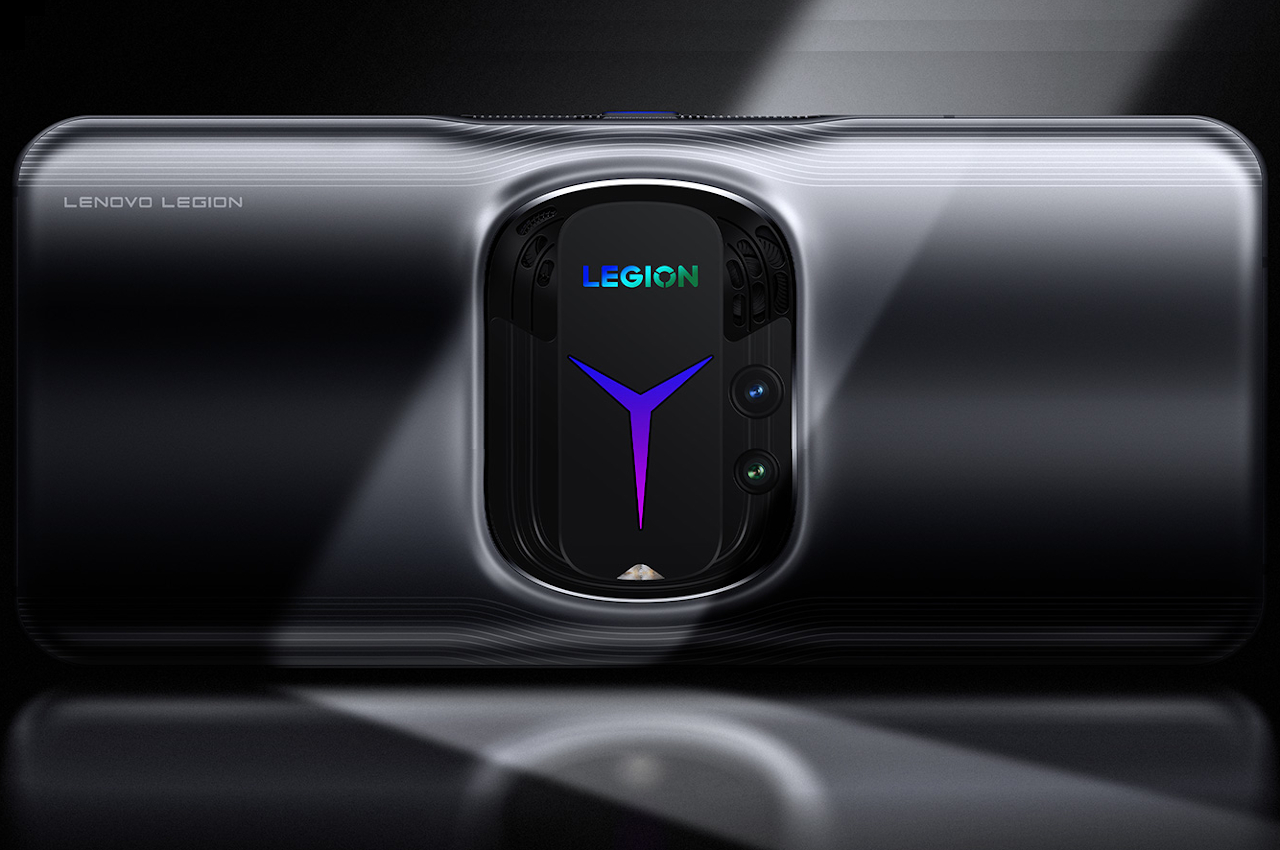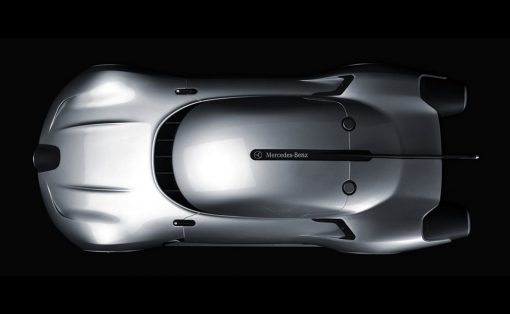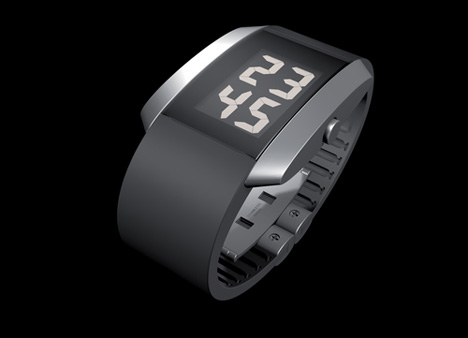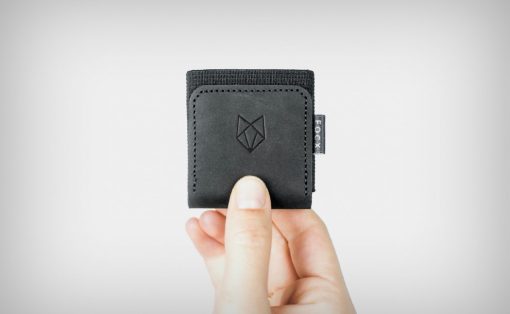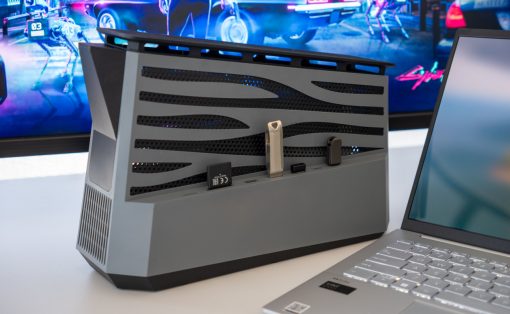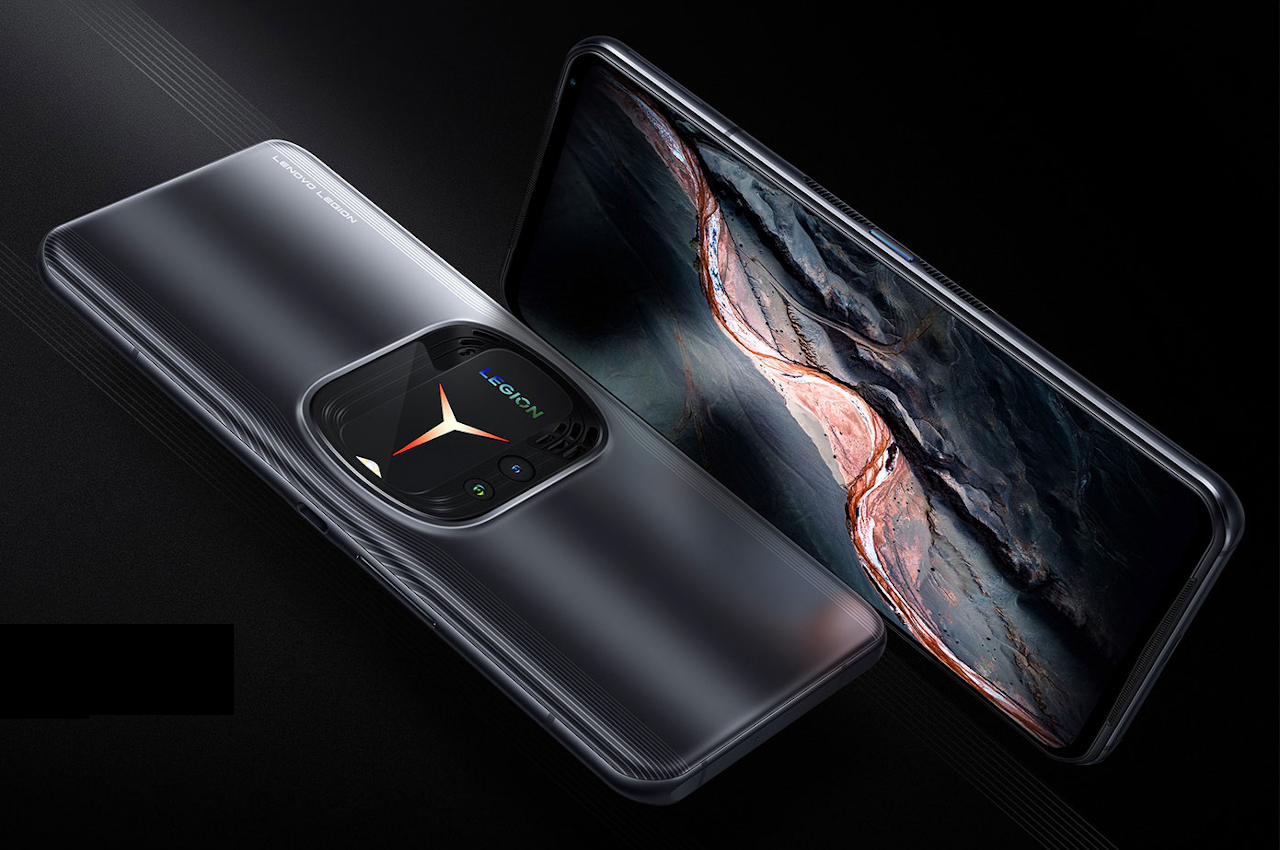
Gaming smartphones have spiced up designs to some extent, but one new design, in particular, raises concerns about its overall durability.
Smartphone designs have been changing almost every year, with brands thinking of ways to stand out from the crowd. Most of these changes happen on the back of phones, where materials, textures, and camera bumps serve as differentiating factors. That said, the standard format of phones has remained mostly the same, with cameras on the top left corner or taking up the entire area on top. Lenovo’s latest gaming phones throw that formula out the window, but it may come at a hidden price that unsuspecting owners might be unwilling to pay for.
Designer: Lenovo
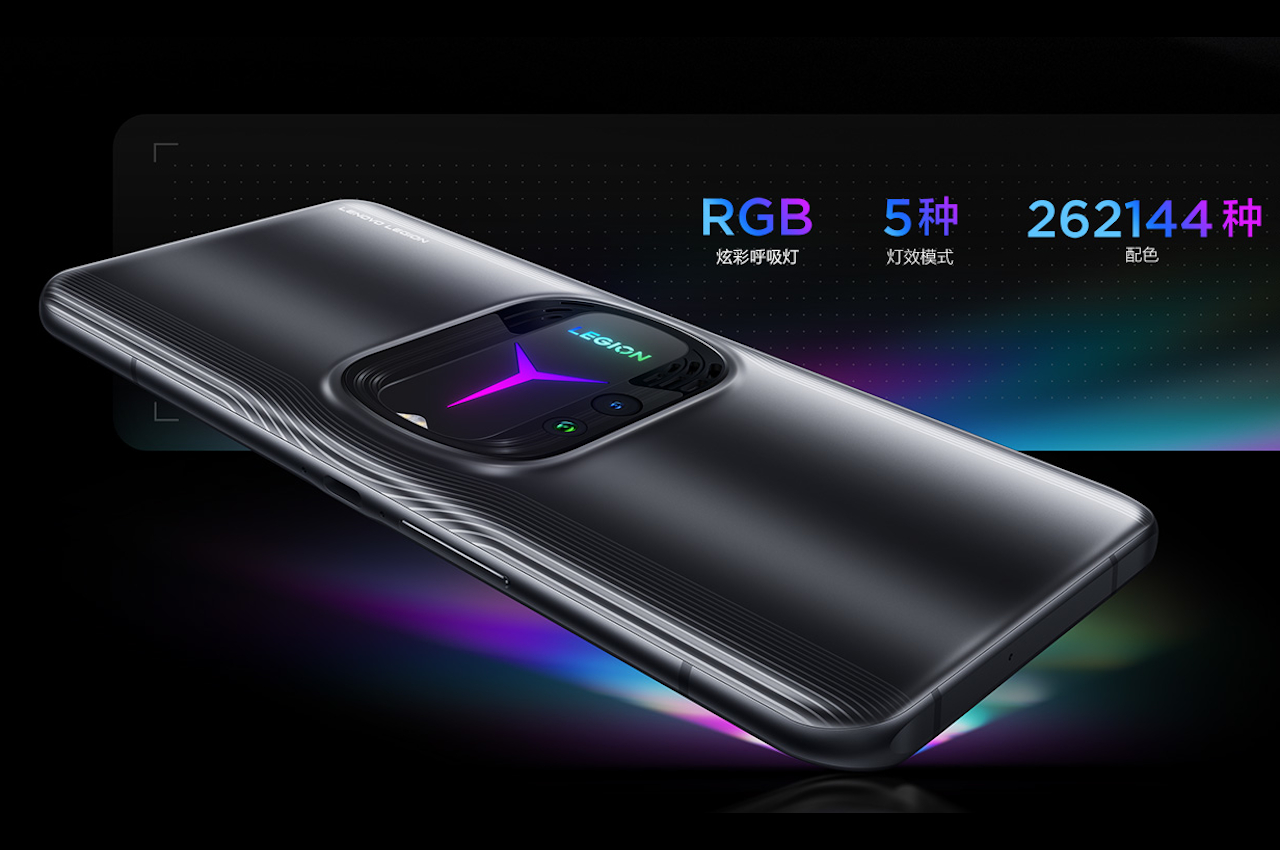
One look at the Lenovo Legion Y90’s back, and you immediately know this is not your typical smartphone. While other phones have a block on one side to house the cameras, the Lenovo phone’s bump sits right in the middle of the phone instead. Even without knowing the Lenovo Legion gaming brand’s logo, the multi-colored “Y” on that island clearly suggests that the phone is meant to be held sideways rather than upright like almost all other smartphones.
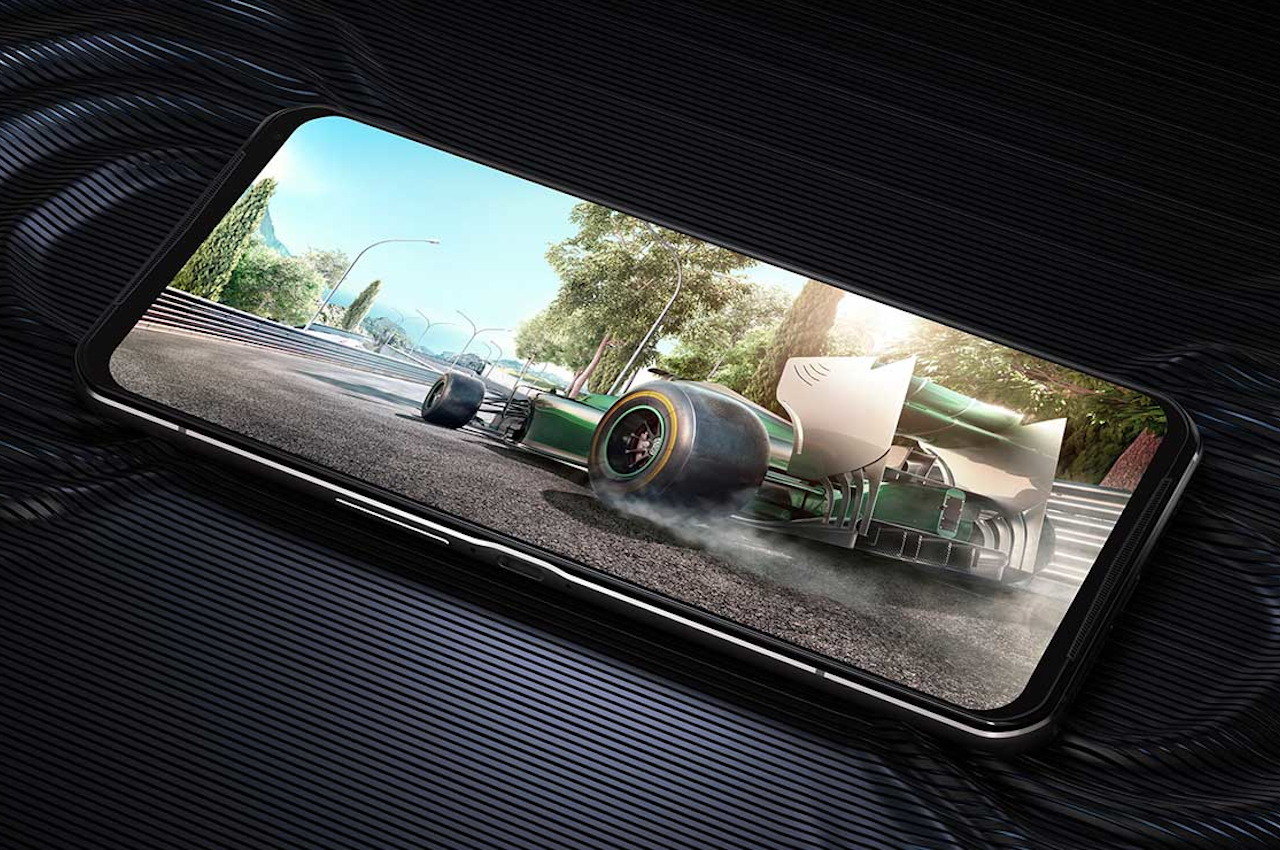
That’s because the Legion Y90, like the Legion Duel 2 before it, is a gaming smartphone not only in name or hardware but also in design. It takes into consideration how most mobile games are played in landscape orientation and has been designed around that convention, even if it means eschewing normal phone conventions in the process. The cameras, for example, are located in the middle, along with that RGB-backlit bump, so that your fingers don’t smudge the lenses while playing.
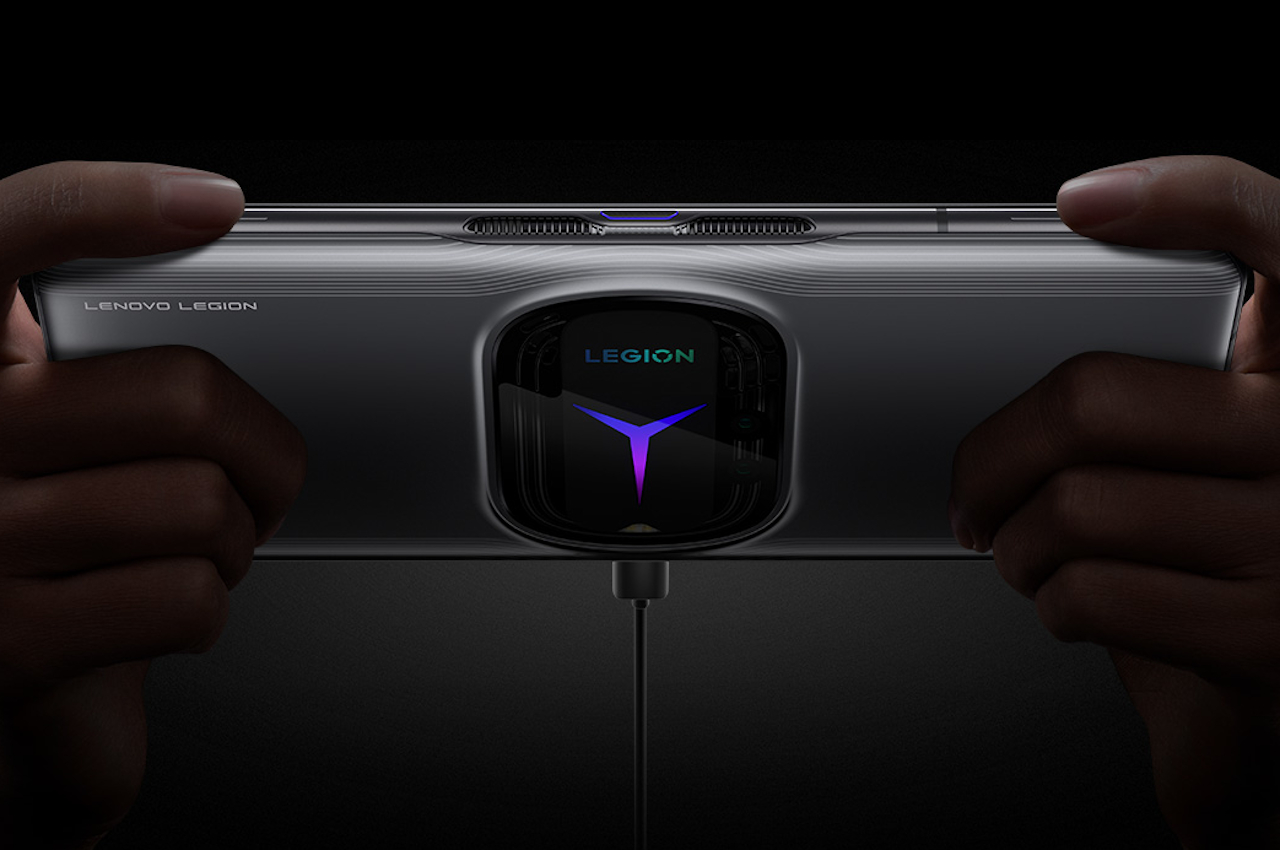
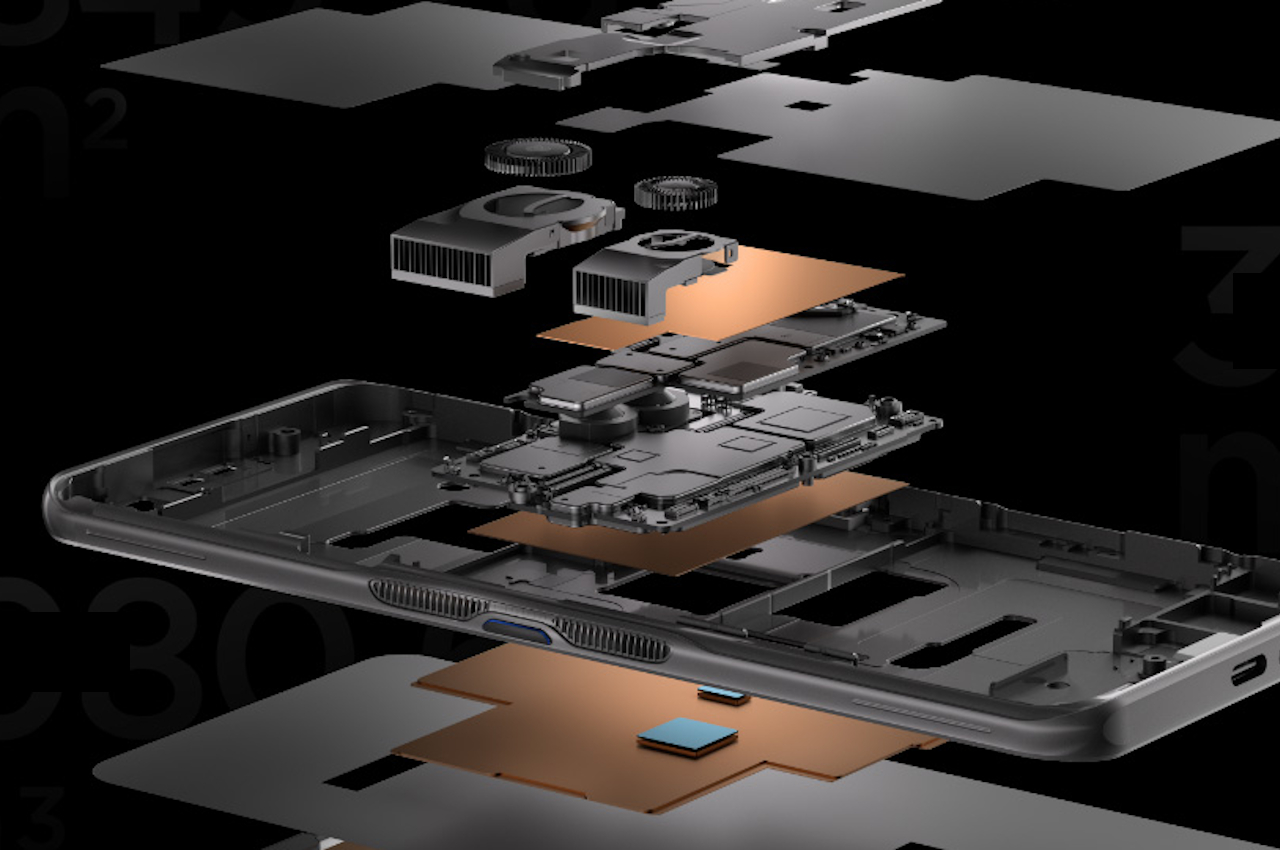
The phone also has a USB-C charging in the middle so that you can charge and play at the same time without the cable awkwardly dangling off one side, getting in the way of your hand. Unseen from the outside are two tiny fans that help with thermal management. This goes above and beyond the typical passive cooling that most smartphones have today, utilizing things like thermal pastes, copper vapor cooling chambers, and similar technologies.
While the Lenovo Legion Y90 is definitely interesting from a design perspective because of its novelty, it leaves the door open to one element of uncertainty. Last year, YouTuber Zack Nelson of JerryRigEverything easily snapped the Lenovo Legion Duel 2 into three parts when doing his usual bend test. Those parts included that large middle camera bump and the two sides flanking it.
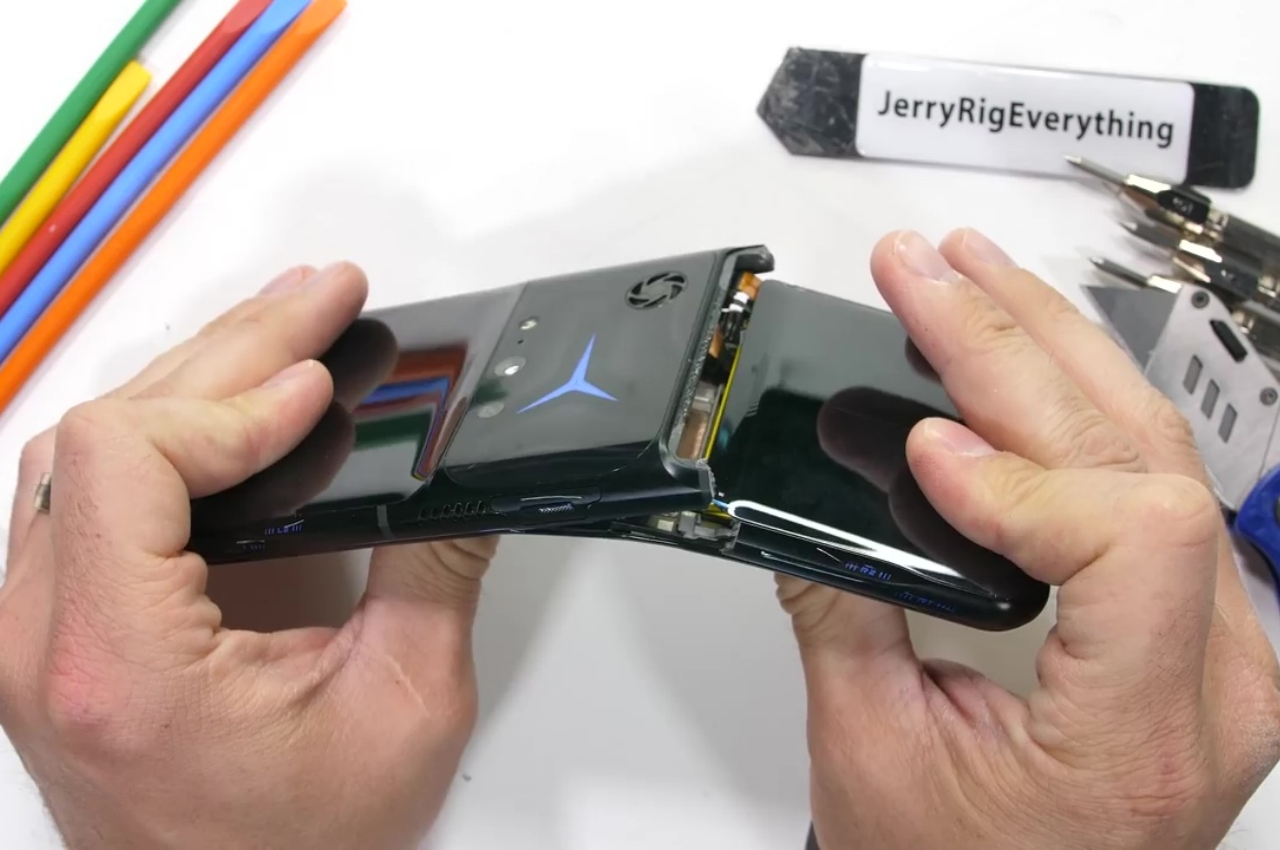
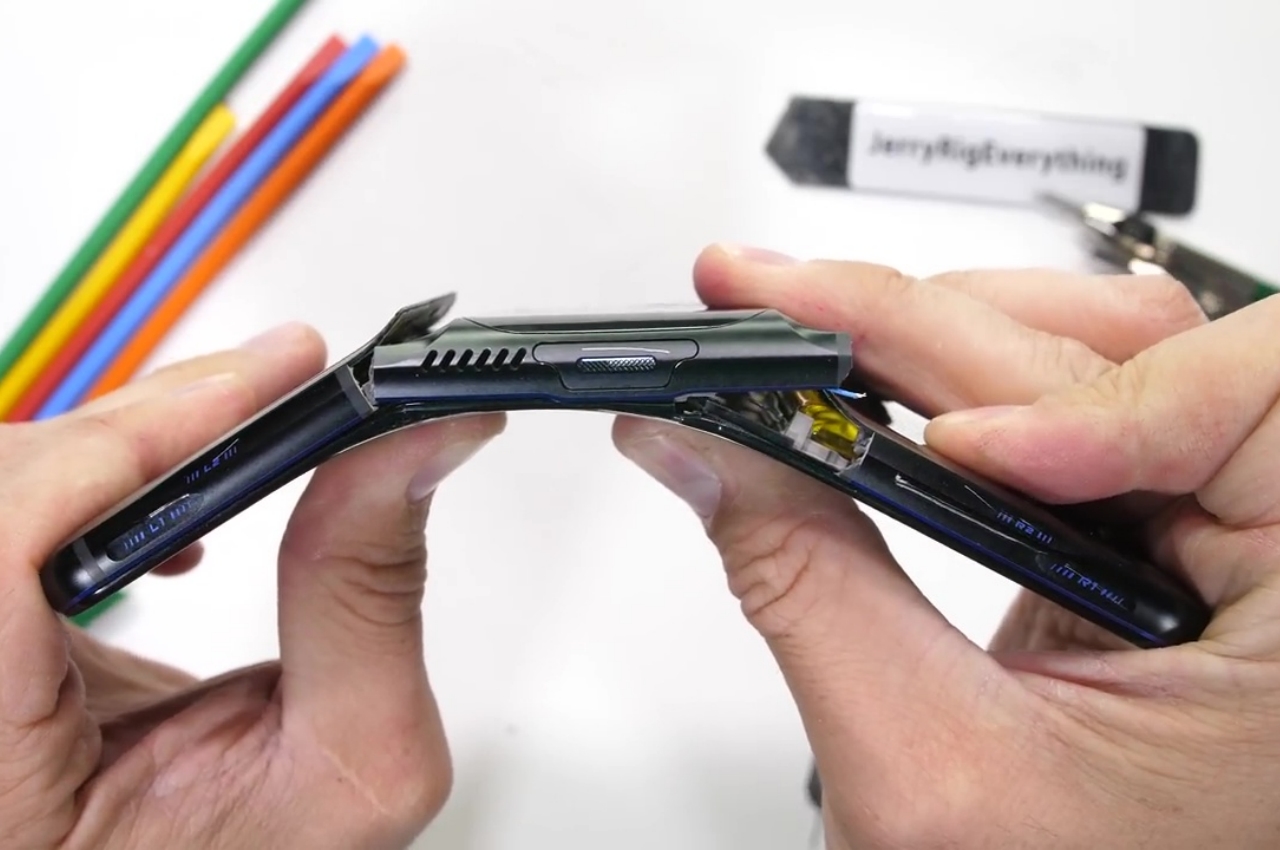
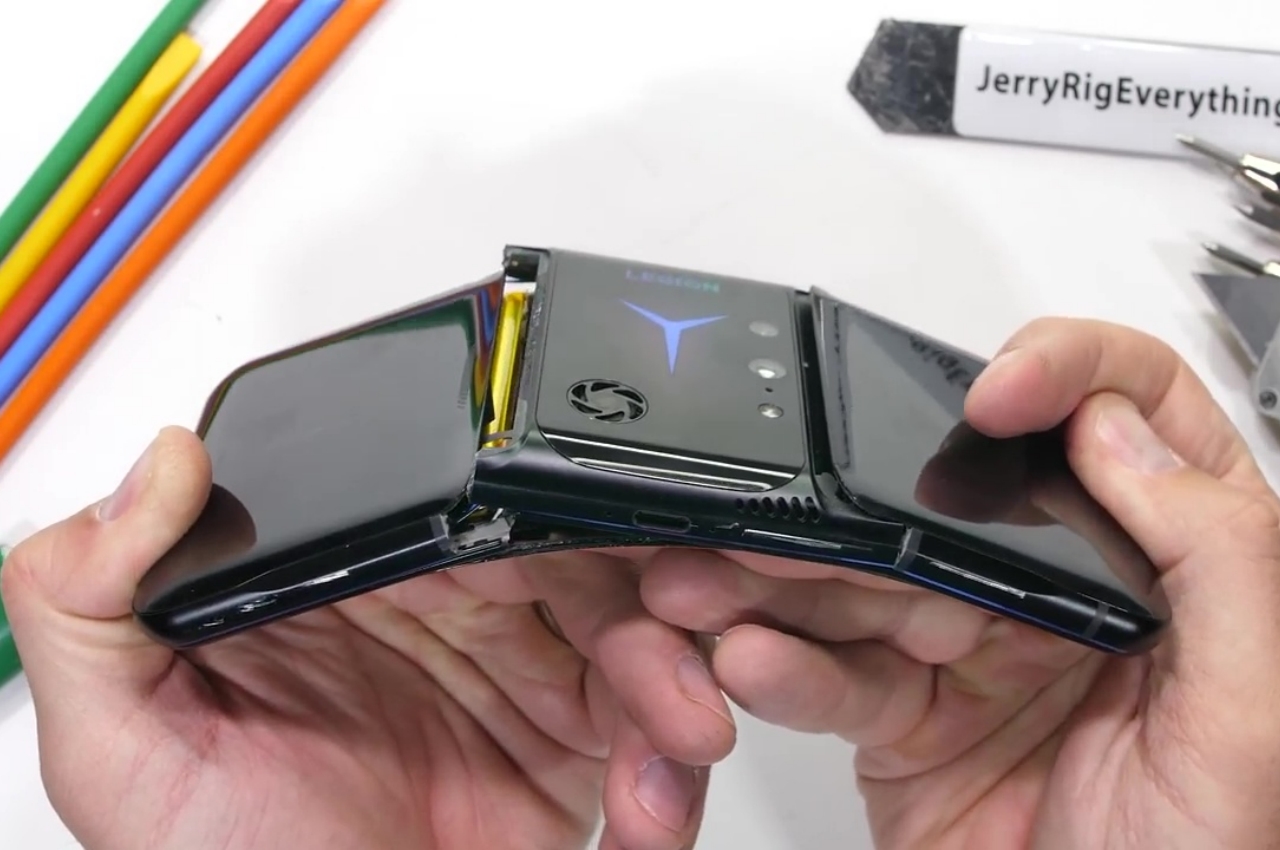
Lenovo’s design was indeed bold and novel in how it kept its core audience in mind when making the phone, almost from the ground up. That design, however, also created structural compromises, especially on the phone’s back. While few people will probably be strong enough to bend a phone that way, it still leaves the possibility of one ugly accident heralding the end of what is supposed to be a very powerful phone.
To be fair, the Legion Y90 this year has a slightly different design from last year’s model, which visually had three parts anyway. That said, the camera bump still leaves a large gaping hole, which in turn could still weaken the entire surface of the phone’s back. That’s not even considering how the phone might be less durable in some other ways, like in dust and waterproofing. Those mini fans invite dust and water to wreak havoc and destroy your phone from the inside. Hopefully, that will not be the case, but we won’t know for certain until the phone actually becomes available.
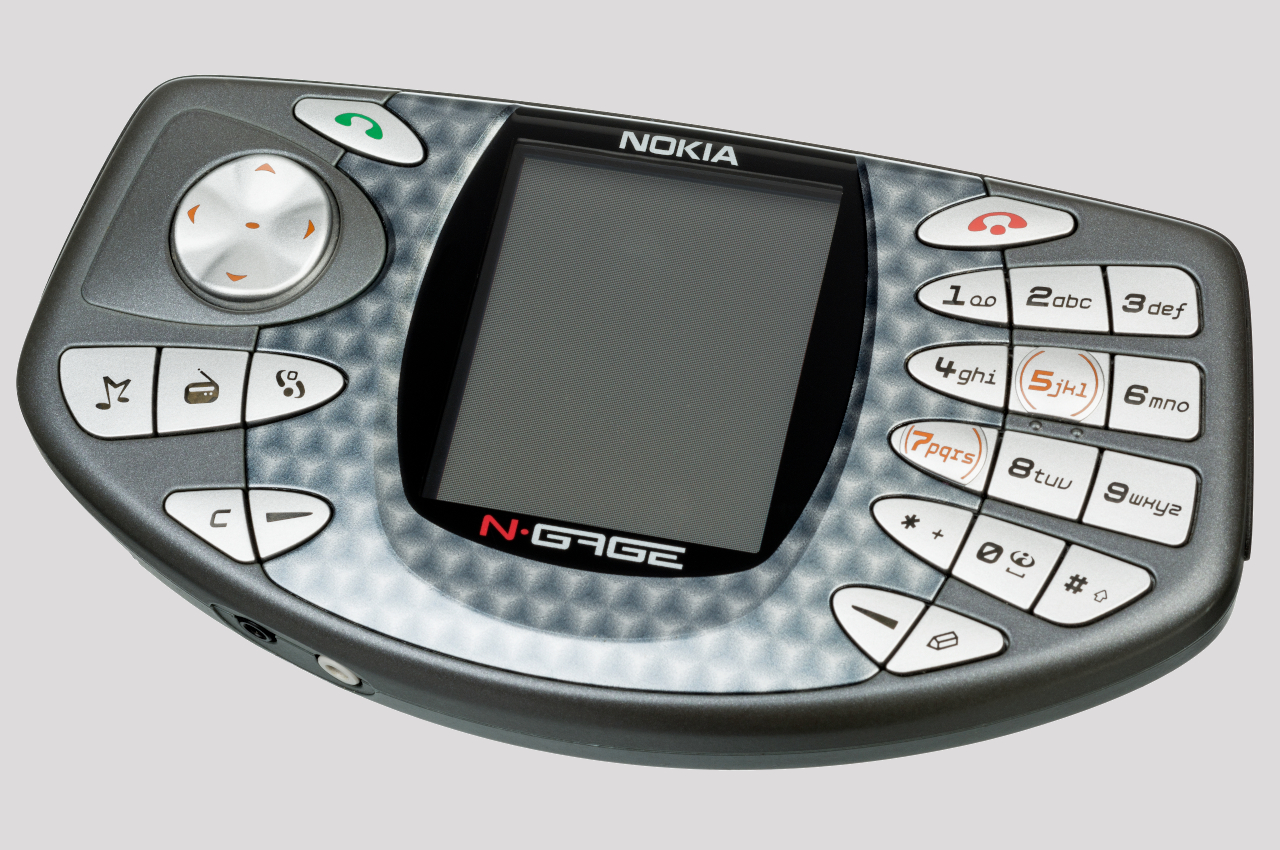
The Lenovo Legion Y90 is admittedly an eye-catching phone, at least from its back. Some of us might even reminisce about oddities like the Nokia 5510 or, closer to the theme, the Nokia N-Gage, both of which were designed to be held more like gaming devices than typical phones. On the one hand, it’s proof of how smartphone design doesn’t have to settle for the status quo, especially when targeting specific audiences. On the other hand, it is also proof of how change for the sake of change could be a recipe for disaster.
Lenovo isn’t the only brand making gaming-centric smartphones today, but it is definitely the only one embracing this handheld-centric design. Others, like ASUS ROG (Republic of Gamers), nubia Red Magic, and Xiaomi Black Shark, have features like internal fans and RGB lighting but still stick to the standard phone format and, therefore, benefit from tried and tested designs. In that light, it definitely feels like the Lenovo Legion gaming phones’ unique designs are designed just to be noticed, even if that means compromising the longevity of the device in the long run.
